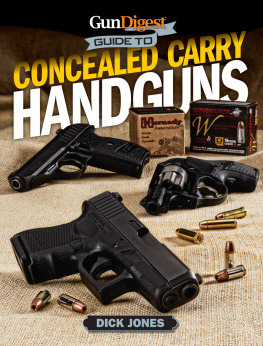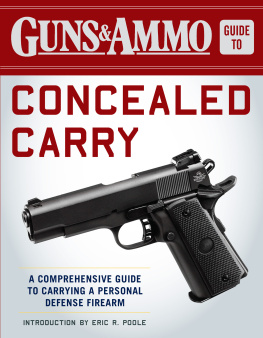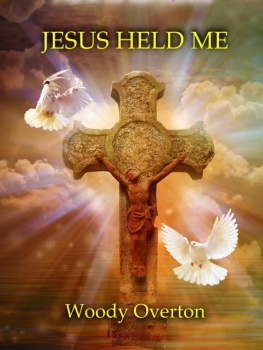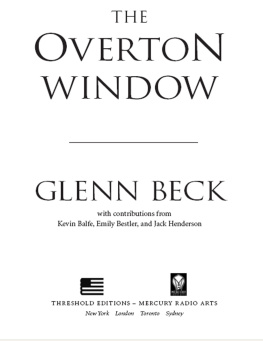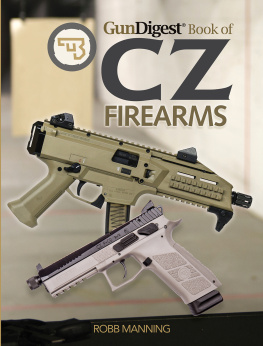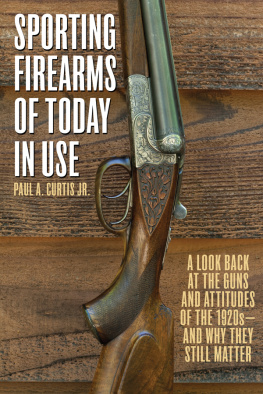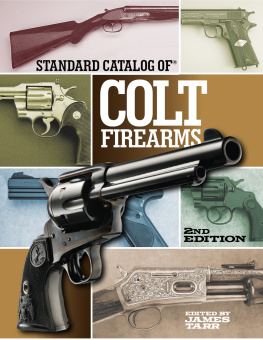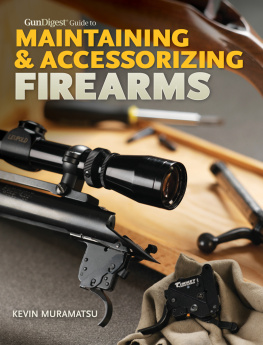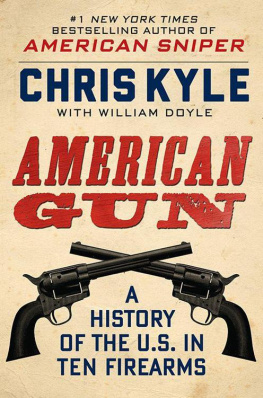Iain Overton - The Way of the Gun: A Bloody Journey into the World of Firearms
Here you can read online Iain Overton - The Way of the Gun: A Bloody Journey into the World of Firearms full text of the book (entire story) in english for free. Download pdf and epub, get meaning, cover and reviews about this ebook. year: 2016, publisher: HarperCollins, genre: Detective and thriller. Description of the work, (preface) as well as reviews are available. Best literature library LitArk.com created for fans of good reading and offers a wide selection of genres:
Romance novel
Science fiction
Adventure
Detective
Science
History
Home and family
Prose
Art
Politics
Computer
Non-fiction
Religion
Business
Children
Humor
Choose a favorite category and find really read worthwhile books. Enjoy immersion in the world of imagination, feel the emotions of the characters or learn something new for yourself, make an fascinating discovery.

- Book:The Way of the Gun: A Bloody Journey into the World of Firearms
- Author:
- Publisher:HarperCollins
- Genre:
- Year:2016
- Rating:5 / 5
- Favourites:Add to favourites
- Your mark:
The Way of the Gun: A Bloody Journey into the World of Firearms: summary, description and annotation
We offer to read an annotation, description, summary or preface (depends on what the author of the book "The Way of the Gun: A Bloody Journey into the World of Firearms" wrote himself). If you haven't found the necessary information about the book — write in the comments, we will try to find it.
In this compelling and revelatory book, an investigative journalist explores the lifecycle of the gunfollowing those who make firearms, sell them, use them, and die by themwith a special emphasis on the United States, to make sense of our complex relationship with these weapons.
We live in the Age of the Gun. Around the globe, firearms are ubiquitous and define countless lives; in some places, its even easier to get a gun than a glass of clean water. In others, its legal to carry concealed firearms into bars and schools. In The Way of the Gun, Iain Overton embarks on a remarkable journey to understand how these weapons have become an integral part of twenty-first century life, beyond the economics of supply and demand.
Overton travels through more than twenty-five countries around the world and meets with ER doctors dealing with gun trauma, SWAT team leaders, gang members, and weapons smugglers. From visiting the most dangerous city in the world outside a war zone to the largest gun show on earth, his journey crosses paths with safari hunters and gun-makers, paralyzed victims and smooth-talking lobbyists. Weaving together their stories, Overton offers a portrait of distinct yet deeply connected cultures affected by the gun and from them draws out powerful insights into our weaponized world. Ultimately, he unearths some hard truths about the terrible realities of war and gun crime, and what can be done to stop it.
Eloquent and accessible, infused with compassion and humor, The Way of the Gun is a riveting expose about guns and human beings that offers an eye-opening portrait of our time.
Iain Overton: author's other books
Who wrote The Way of the Gun: A Bloody Journey into the World of Firearms? Find out the surname, the name of the author of the book and a list of all author's works by series.

